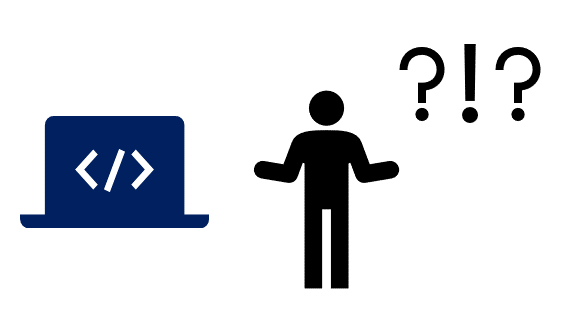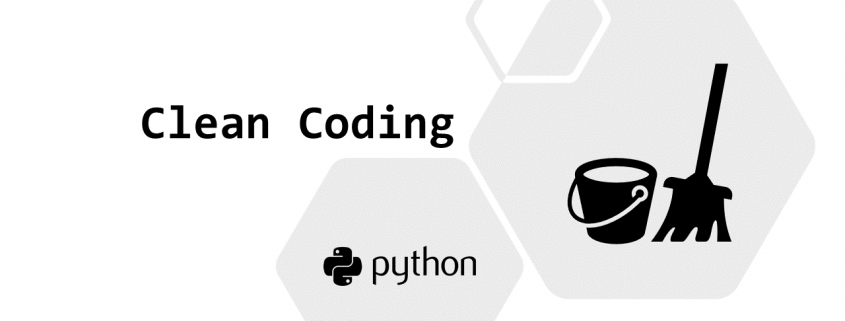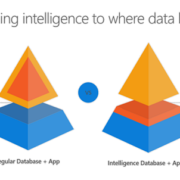Article series: 5 Clean Coding Tips
This series of articles will cover 5 clean coding tips to follow as soon as you’ve made the first steps into your coding career, with the example of python.
At the beginning of your adventure with coding, you might find that getting your code to compile without any errors and give you the output that you expect is hard enough. Conforming to any standards and style guides is at the very bottom of your concerns. You might be at the beginning of your career or you might have a lot of domain experience but not that much in coding. Or maybe until now you worked mostly on your own and never had to make your code available for others to work with it. In any case, it is worth acknowledging how crucial it is to write your code in a concise, readable and understandable way, and how much benefits it will eventually bring you.
The first thing to realize is that the whole clean coding concept has been developed for people, your fellow travelers, not for the computers. The compiler doesn’t care how you name your variables, how you split your lines or if everything is aligned in a pretty way. You could even write your code as a one gigantic, few-meters-long line, giving the interpreter just a signal – a semicolon, that the line should be split, and it will execute it perfectly.

However, it is likely that, the deeper you are into your career, the more people will have to read, understand and modify the code that you wrote. You will write code to communicate certain ideas and solutions with other people. Therefore, you need to be sure, that what you want to communicate is understandable, easy and quick to read. The coding best practice is to always code in a clean way, treating the code itself and not just the output as the result of your work.
There usually are fixed rules and standards regarding code readability. For python, it is the PEP 8[i]. Some companies elaborate on those standards where the PEP 8 is a bit vague or leaves room for interpretation. The exact formatting styles might differ at Facebook, Google[ii] or at the company you happen to work for. But before you get lost in the art of a perfect line splitting, brackets alignment technique, or the hopeless tabs or spaces battle, have a look at the 5 tips in the upcoming articles in this series. They are universal and might help you make your code, less of a chaotic mess and more of blissful delight.
List of articles in this series:
- Be consistent
- Name variables in a meaningful way
- Take advantage of the formatting tools
- Stop commenting the obvious
- Put yourself in somebody else’s shoes
References:
[i] https://www.python.org/dev/peps/pep-0008/
[ii] http://google.github.io/styleguide/pyguide.html










Leave a Reply
Want to join the discussion?Feel free to contribute!